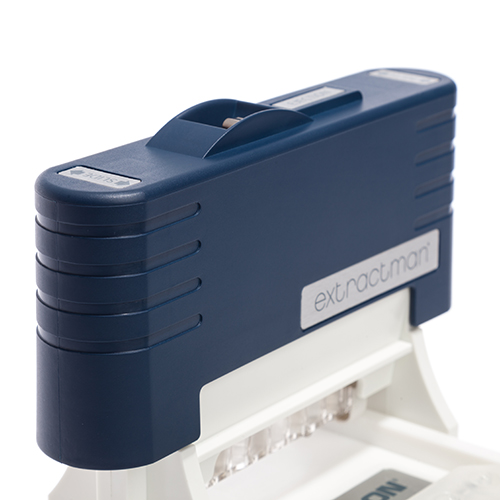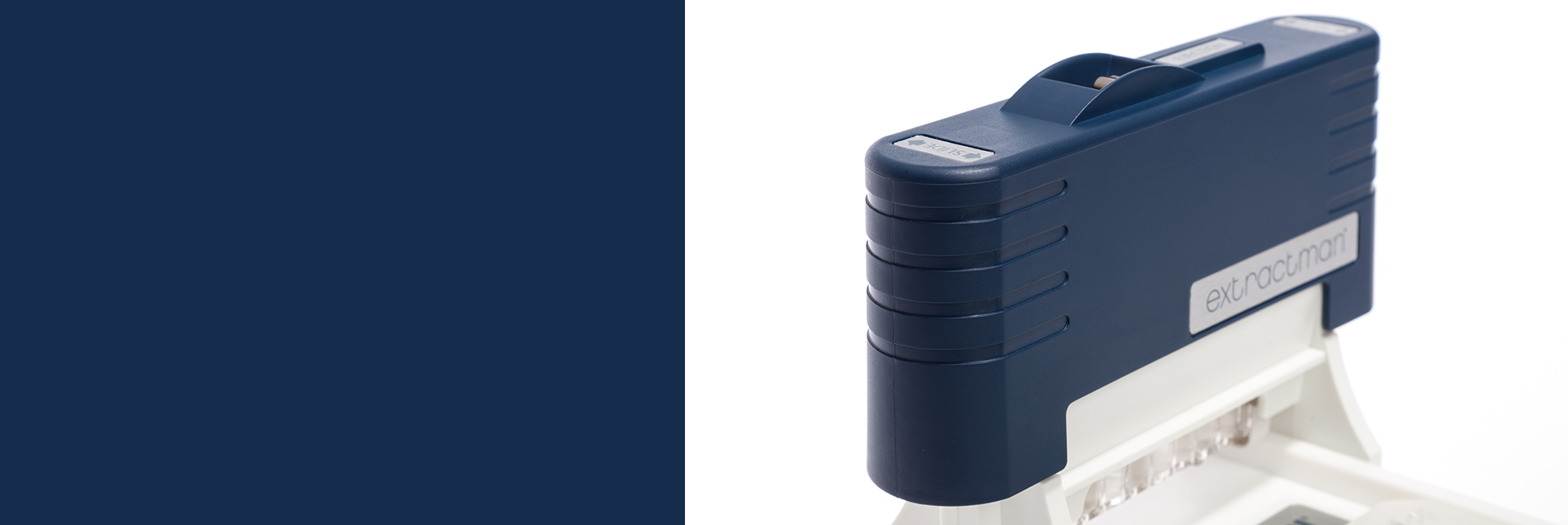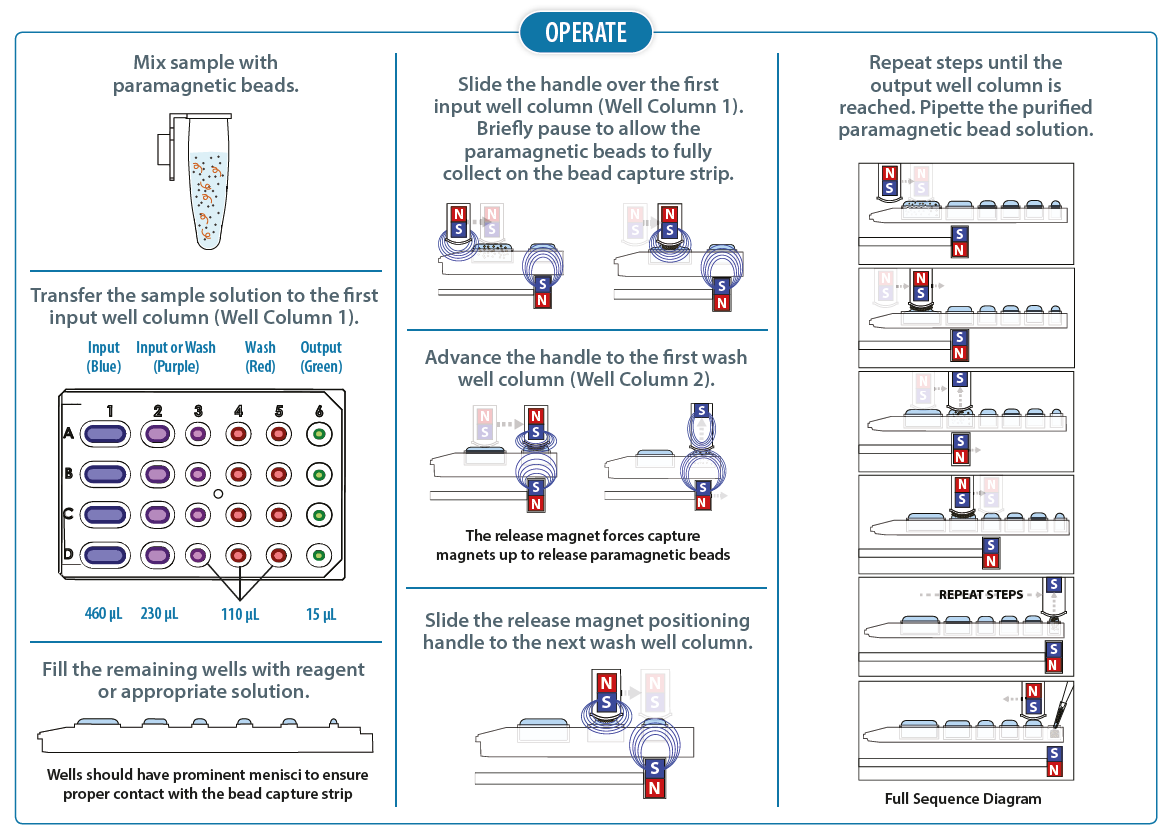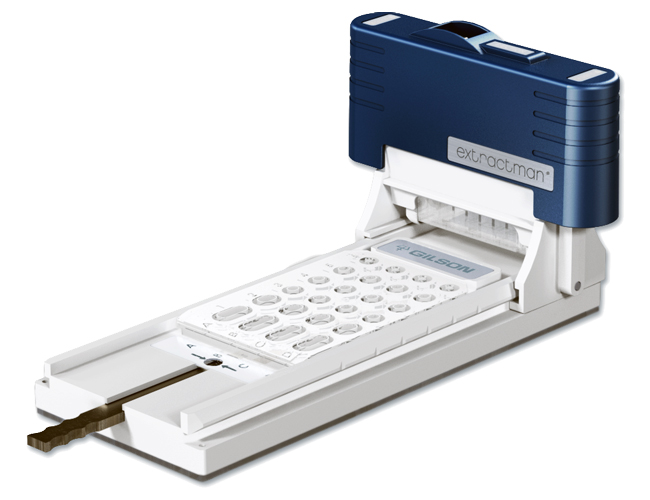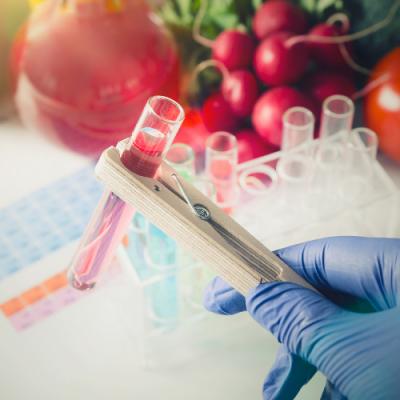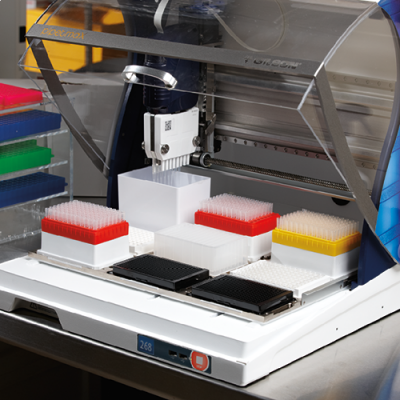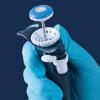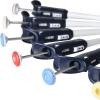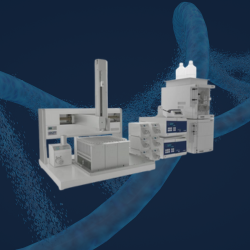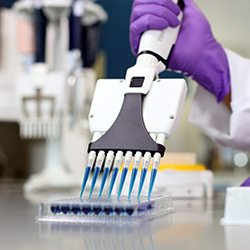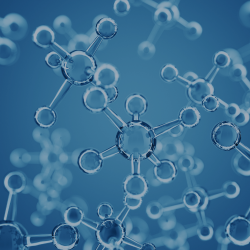Studying deoxyribonucleic acid (DNA) and ribonucleic acid (RNA) is like looking through windows to everything that underpins all living things. This is why the extraction of nucleic acids is one of the biggest foundations of molecular biology studies.
Since Friedrich Miescher performed the first-ever DNA extraction in 1869, researchers and scientists have made great strides to develop better extraction methods. Newer techniques are more reliable, cost-effective, and faster to perform.
DNA and RNA extraction evolution can be traced from conventional liquid-liquid extraction methods such as guanidinium thiocyanate-phenol-chloroform extraction to more modern solid-phase extraction methods using spin columns or magnetic fields beads.
Scientists prefer magnetic beads and other modern techniques for their availability and cost-efficiency. This is one of the reasons why experts forecast the magnetic beads market to hit the $2.6 billion mark by 2027 from $1.1 billion in 2019.
Real-World Applications of RNA and DNA Extraction
The extraction of DNA or RNA has many practical applications today, including rapid diagnosis of diseases, and drug targeting, among others.
Recently, the importance of nucleic acid extraction has been in the spotlight as the world fights the COVID-19 pandemic. RNA extraction must be done to carry out the reverse-transcription polymerase chain reaction (RT-PCR) test. Governments worldwide aim to do more qualitative tests to improve the chances of controlling the spread of the deadly disease and provide treatment to patients.
DNA studies are also crucial in the young industry of cannabis, which is now being explored to treat a wide variety of diseases and disorders. With insights into one's DNA, consumers can make better-informed decisions that will allow them to maximize the health benefits of cannabis. Likewise, DNA purification using magnetic beads is also used to study cannabis flowers, leaves, edibles, extract, oil, and other cannabis-derived products.
DNA and RNA extractions are also essential tools in forensics, ancestry tracking, genetic engineering, and the development of life-saving vaccines.
Researchers perform DNA and RNA extractions with the EXTRACTMAN Starter Kitwhich uses Exclusion-based Sample Preparation (ESP™) technology that enables high-purity and high-yield isolations.
Why Use Magnetic Beads for Extraction of DNA and RNA?
The old DNA and RNA extraction techniques have proven time-consuming, with small yields and low purity. Modern methods such as magnetic beads – coupled with better equipment like pipettes, pipette tips, and liquid handling technologies – paved the way for scalable and automated nucleic acid extraction.
Today, magnetic bead-based extraction kits can be used for manual or automated DNA and RNA extraction. The magnetic beads used have superparamagnetic properties attributed to their iron oxide composition.
The paramagnetic property of the beads means they do not attract each other when not in a common magnetic field. This allows for easy separation of the beads and the materials that are bound with them during the process.
The binding properties of the magnetic beads depend on their different chemistries and coatings. Some examples are listed below:
- Silica-coated: These attract nucleic acids, depending on salt concentration. They are used for molecular diagnostics such as qPCR.
- Protein A/G: The coatings attract IgA and IgG proteins. They are primarily used for antibody isolation.
- Oligo (dt) coated: These magnetic beads are used for mRNA extraction, RT-PCR, and RNA sequencing, among others.
- Carboxylate-modified: These are used for oligo and proteins purification and isolation.
Magnetic beads have been used since the 1970s for various purposes, such as the removal of impurities from boiler water or kaolin clay. The interest in using them for biomedical purposes, like the magnetic separation of nucleic acids, gained traction in the 1990s.
Unlike other techniques, magnetic separation allows the separation of nucleic acids from crude samples such as water, blood, and cultivation media. This can be done with ease, even from viscous samples. Additionally, with the correct products, the risk of cross-contamination during the process is low.
How is Magnetic Bead DNA or RNA Extraction Done?
The use of magnetic beads in the extraction of DNA or RNA eliminates the need for steps dependent on a centrifuge's availability. Magnetic bead separation can practically be done equipment-free.
Here's what happens during the process:
1. Magnetic Beads are Added to the Samples
When the magnetic beads are added to the samples, the DNA will bind to them. The beads have several layers, with the core wrapped by a layer of magnetite. The design of the surface of the magnetic beads is crucial to how the binding will occur. The greater the surface area, the higher the chance that the target material will bind to the beads.
2. An External Magnetic Field is Introduced
A permanent magnet is used to attract the magnetic beads to the side of the containing tube. With the nucleic acid material bound to them, the beads are practically immobile on the edge of the containing tube.
3. Washing and Elution
The sample is washed while the beads remain immobilized. An elution buffer is then introduced to wash away any unbound proteins. Finally, the magnetic field is removed, and the DNA is released as a purified sample ready for measurement and analysis.
Below are some quick reminders about the use of magnetic beads:
- Handling magnetic beads: Follow the manufacturer's recommendations, such as the need to wash beads before use and resuspend them to remain homogenous. Pipetting using proper technique is also necessary to avoid bubbles.
- Capture: Allow a sufficient amount of time to pull out the beads from the suspension. When pipetting, make sure that the tube is on the magnet, or the beads may drop into the solution
- Washing and Elution: To lower non-specific binding, you can increase the number or duration of washes. Ensure that you use enough volume of buffer to elute your desired product.
Optimizing Pipetting Procedures Using Magnetic Beads for DNA and RNA Extraction
Proper liquid handling is crucial for manual or automated DNA or RNA extraction using magnetic beads. This is where proper pipetting techniques and having the right equipment count the most.
At Gilson, our quality laboratory equipment, like the EXTRACTMAN extraction platform, is your solution for optimizing the pipetting procedures at your laboratory. The innovative magnetic bead extraction approach for DNA and RNA extraction will ensure accurate results.
Gilson provides a comprehensive line of products, including pipettes, pipette tips, and bead capture strips, that can help you use magnetic beads to the fullest in the extraction of DNA or RNA. Contact us today for more information.
Identifying Weak Proteins Interactions
EXTRACTMAN®, an innovative magnetic bead extraction platform, offers a faster and gentler approach to isolating target proteins from a variety of samples.
LEARN MORE

















